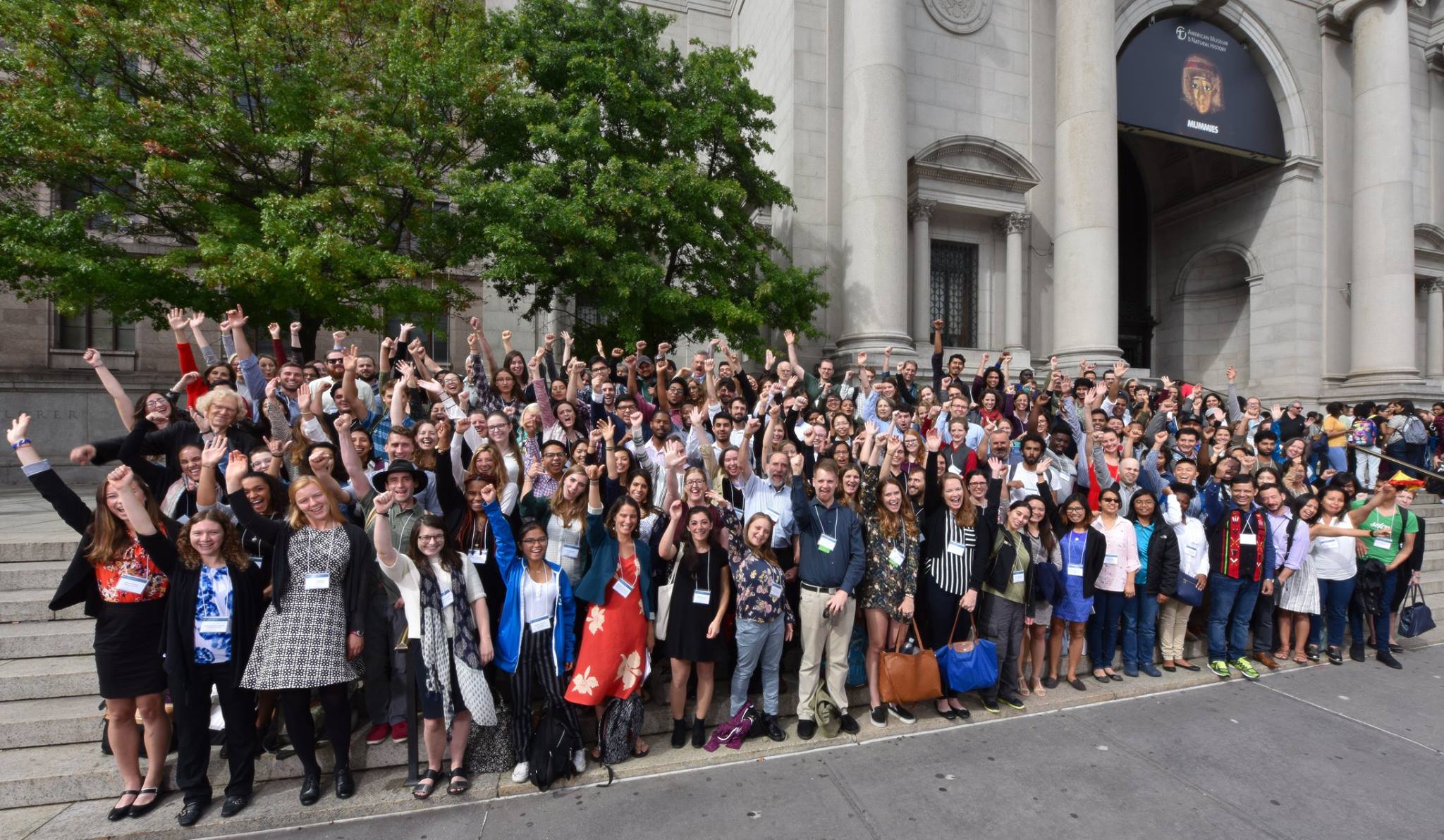
The PhilCORA coral reef rehabilitation impact assessment project of the School of Environmental Science and Management (SESAM) took part in the 8th Annual Student Conference on Conservation Science (SCCS) held at the American Museum of Natural History (AMNH) in New York, USA last 11-13 October 2017. The conference was hosted by the Center of Biodiversity and Conservation of AMNH, and the only international conference series designed for graduate students, postdoctoral fellows, and early career professionals pursuing the field of conservation science. The 3-day international conference was participated in by more than 100 graduate students and young professionals from different universities around the world, and along with 65 advisors, reviewers, and mentors.
With assistant professor Dr. Rico Ancog as the project lead, PhilCORA is a pioneering undertaking aimed at evaluating the coral transplantation technology that was tested by the Filipinnovation Program of DOST-PCAARRD in selected degraded reef ecosystems in the Philippines. Overall the project aims to analyze the biophysical impacts of the coral transplantation technology and its subsequent effect to the economic and social aspects of coastal communities in the Philippines particularly in Mabini in Batangas, Panglao in Bohol, Boracay in Aklan and in Tawi-tawi.
In behalf of the PhilCORA team, Christina Corales and Annelyn Balatayo, PhilCORA research associates and students at SESAM, were selected to present a paper arguing that the timing and equity considerations of the costs and benefits of conservation need to be clearly ascertained and carefully choreographed. This is important specially in a country like the Philippines where less than 5% of its coral cover is in pristine condition amidst its perceived status as “the center of the center of marine biodiversity” while majority have been perennially poor. The paper noted the willingness of stakeholders to pay more than current environmental fees in their areas, thereby providing more support for coral rehabilitation and conservation efforts. Likewise, the PhilCORA Team related how environmental analysis could be significantly improved by combining economic valuation techniques with biophysical assessment and stakeholders engagement.

